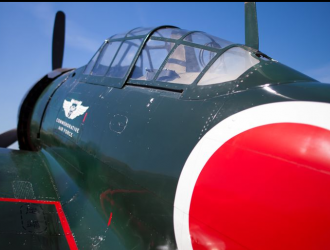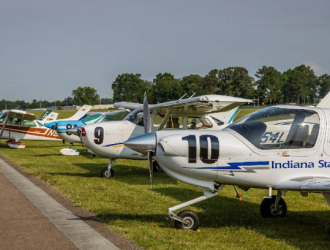
Meanwhile, the defense committee of the Canadian Senate has described the interim purchase of Super Hornets as “unnecessary and costly.” It would burden the Royal Canadian Air Force (RCAF) with “a duplicate support system that will cost billions of dollars in equipment, training and technical know-how,” the committee said.
During a presentation to The Fighter Conference in London last November, Bg. Gen. Eric Kenny, the deputy commander of the RCAF’s 1st Air Division, noted how busy the CF-188 fleet has been. In addition to the primary role of defending Canadian airspace as part of the North American Aerospace Defense Command (NORAD) with the U.S., the Hornets were deployed as part of the Operation Unified Protector over Libya in 2011, and since to Iceland, Romania and on Operation Inherent Resolve over Iraq. “We punch well above our weight,” he said.
The CF-188s have been upgraded with new radars, targeting pods, electronic warfare systems, link 16 and the Joint Helmet-Mounted Cueing System (JHMCS). They can dro three types of precision-guided bombs, as well as AIM-7, AIM-9M and AIM-120CS missiles in the air defense role. Kenny said that a study on whether the service life of the CF-188s can be extended is under way. The Senate defense committee said that although a purchase of F-35s would be expensive, extending the legacy CF-188 fleets would incur additional costs.
In her statement issued on May 18, foreign minister Freeland said that “Boeing’s petition is clearly aimed at blocking Bombardier’s new aircraft, the C Series, from entering the U.S. market. Boeing admits it does not compete with exports of the CS100 aircraft, so it is all the more difficult to see these allegations as legitimate, particularly with the dominance of the Boeing 737 family in the U.S. market. Furthermore, many of the C Series suppliers are based in the United States…the C Series [is] directly supporting high-paying jobs in many U.S. states.”



